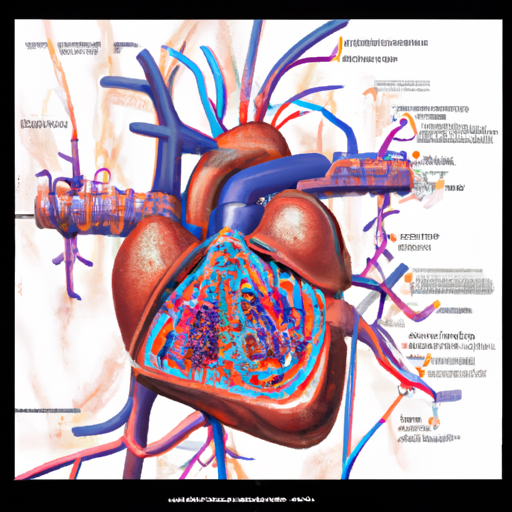Which Neurotransmitters Control Heart Rate via the Vagus Nerve?
The vagus nerve, also known as the tenth cranial nerve, plays a crucial role in regulating various bodily functions, including heart rate. This vital nerve connects the brain to the heart and other organs, allowing for communication and control. When it comes to controlling heart rate, several neurotransmitters are involved in this intricate process.
One of the primary neurotransmitters involved in regulating heart rate via the vagus nerve is acetylcholine. Acetylcholine acts as a chemical messenger that transmits signals between nerve cells. It is released by the vagus nerve onto the heart’s pacemaker cells, known as the sinoatrial (SA) node. The SA node is responsible for initiating the electrical impulses that regulate the heart’s rhythm.
When acetylcholine binds to specific receptors on the SA node, it slows down the electrical conduction, resulting in a decrease in heart rate. This process is known as vagal bradycardia. Acetylcholine achieves this by increasing the permeability of potassium ions, which hyperpolarizes the SA node cells, making them less likely to fire electrical impulses.
Another neurotransmitter involved in heart rate control via the vagus nerve is norepinephrine. Unlike acetylcholine, norepinephrine is released by sympathetic nerves, which are part of the sympathetic nervous system responsible for the “fight or flight” response. Norepinephrine acts on the beta-1 adrenergic receptors in the heart, increasing the heart rate and contractility.
The balance between acetylcholine and norepinephrine is crucial for maintaining a stable heart rate. The parasympathetic (vagal) and sympathetic systems work together to ensure the heart rate responds appropriately to different situations. For example, during rest or relaxation, the vagus nerve predominates, leading to a slower heart rate. Conversely, in times of stress or physical activity, the sympathetic nervous system becomes more active, resulting in an increased heart rate.
In summary, the neurotransmitters acetylcholine and norepinephrine play vital roles in controlling heart rate via the vagus nerve. Acetylcholine, released by the vagus nerve, slows down the heart rate by affecting the SA node’s electrical conduction. On the other hand, norepinephrine, released by sympathetic nerves, increases heart rate and contractility. The delicate balance between these neurotransmitters ensures the heart rate responds appropriately to various physiological and environmental factors.
Remember, if you have any concerns or questions about your heart rate or overall cardiovascular health, it is always best to consult with a healthcare professional for personalized advice and guidance.




